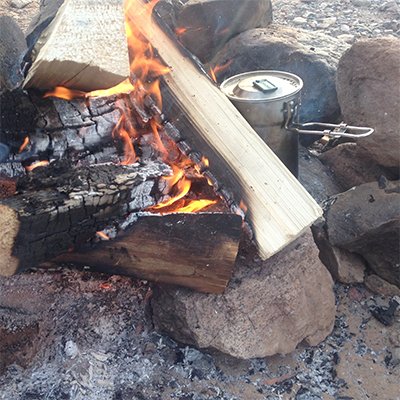
Camping
Those who are comfortable outside are less panicked in a crisis and have better gear starting off. Think hard about going camping more often.
Scenario: Your neighbor’s house has been on fire for ten minutes. The fire department hasn’t shown up and the wind is blowing in a direction that you think might mean trouble. You expect that you'll need to be gone in twenty minutes, or become a victim of the firestorm.
With an outside observer watching the fire so you know its status, you run into the house and figure you’ve got minutes before your stuff might go up in flames.
What do you take in 15 minutes?
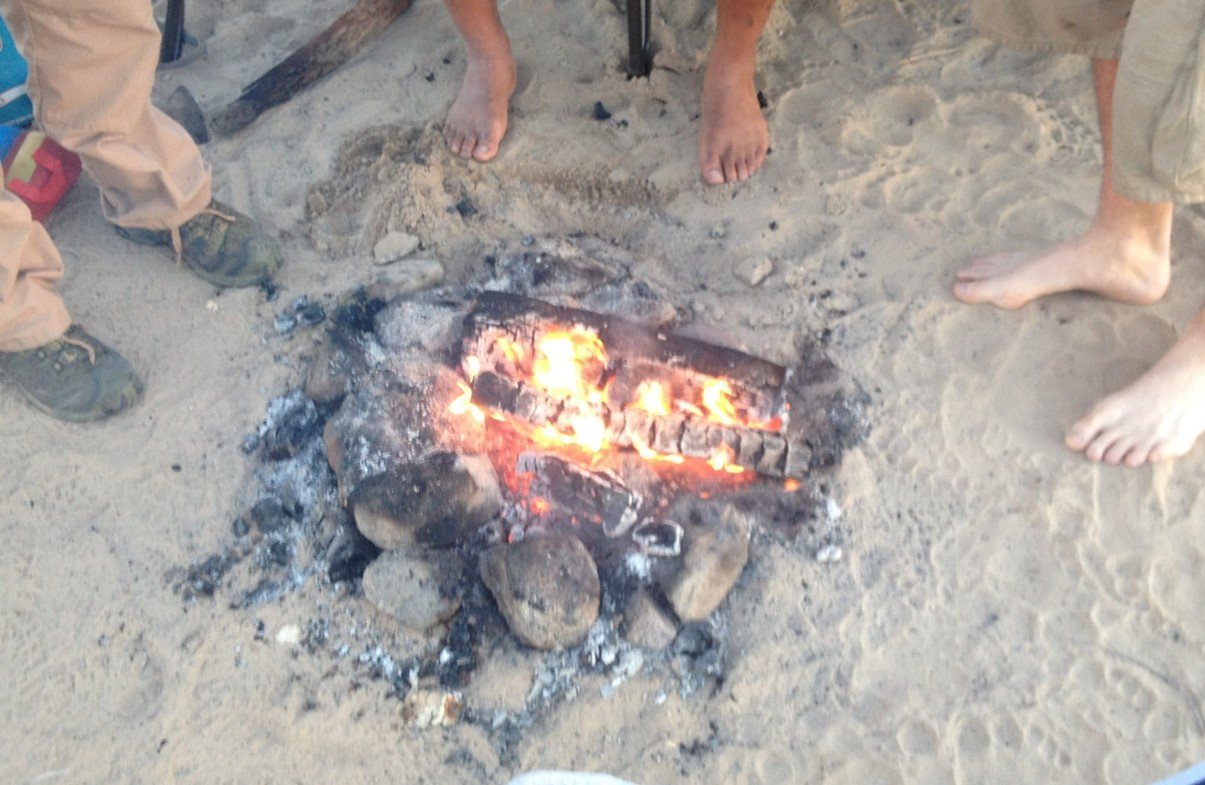
Scenario: You’ve heard it on the car radio’s news and know it’s happening in your neighborhood. As you drive home you see rioting and looting going on less than five blocks from your house. With kids at home and your significant other stuck in the traffic coming from roadblocks around the riots, you make the call to grab the kids and family pet and head out to the in-law’s place a couple miles away.
You can see smoke in the distance so you know there’s a good chance everything you take may be everything you have if your house goes up in flames. What do you take in one hour?

Scenario: The wind has changed direction, the fire lines are broken, and it’s blowing your direction. The teams are working hard and might be able to slow its progress. Then again, one bad day of high winds can cancel out their progress.
You choose not to take the chance and succumb to a normalcy bias. This is how you get packing to leave with one day to go.

Scenario: There’s a fire in your county. Unfortunately, your entire state has fires that are burning and resources are scarce. You have an insider, a neighbor who works with the County as a dispatcher and they look grim as they tell you that this fire is too big to fully contain. He estimates a week before things get to your area.
The neighbor confides that firefighters are only defending homes that have a metal or terracotta roof and since your development doesn’t, that he and his wife are packing up to head out.
You decide to do the same. Here's a checklist of how to prioritize your items in one week.
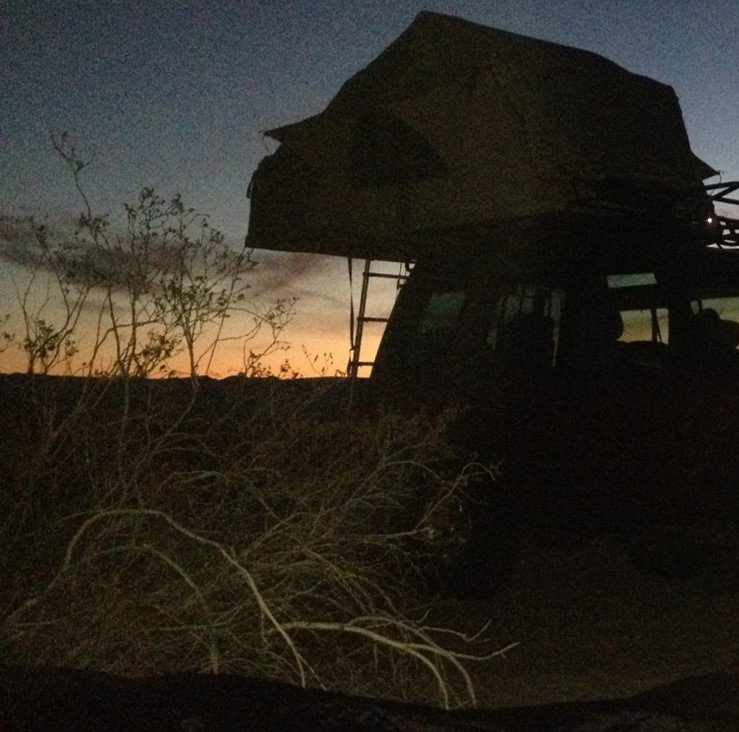
Specialized resources and procedures exist for those who live in areas that have seasonal threats, or regional threats. Most of these threats include wildland fires, tornadoes, earthquakes, mudslides, sinkholes and hurricanes, and mitigating regional threats has become a way of life for those residents.
Other threats are not as easily anticipated. These threats include ones that would have a high impact, but may occur infrequently. These issues are often ignored. Known as HILF Threats - High Impact, Low Frequency Threats - a continuity of operations strategy should be in place to address these, because they may require evacuation. Wildland fires, for example, can strike anywhere.
All strategies should include the timelines we suggest of 15-60-24-7 as rules to follow when events overtake First Responders, requiring you to evacuate or die. Here are some of the elements which are covered in detail within 'Beyond FEMA: A Survival Guide for the Rest of Us'

Those who are comfortable outside are less panicked in a crisis and have better gear starting off. Think hard about going camping more often.

Fire is one thing that every animal instinctively runs away from, but man needs.
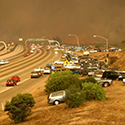
Get ahead of the problem and recognize when events overtake your plan so you can maneuver faster than others...
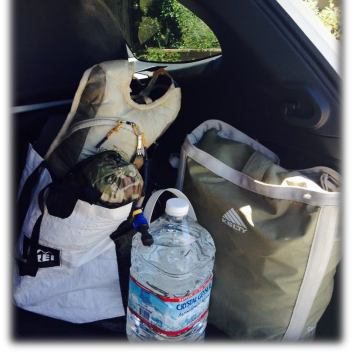
Have a Get Home Bag that has items you might need, always in the back of the car

Consider tents to be your next best friend in a crisis. Having an option like this will put you ahead of the curve.

Sorting things out is crucial to your survival, but our brains work best when we have a checklist. This one's based on time, allowing you to prioritize efficiently.
If you had to leave your home today – right now – what would you take? What if you had fifteen minutes? An hour? A single day or a week? What if you were never coming home? What if your life depended on what you brought with you? Making the right choices in the time you set for yourself is critical and this guide will help your planning, providing preparedness items you’ll need for your forced evacuation.
While cell phones are great, the text messaging they use is more likely to work in an emergency. Don't forget your charger cords.
If you know that an emergency is impending, try signing into your local county's alert system so that text messaging will keep you informed.
Everything runs on power, most portable electronics charge off of USB. Wall cords and car chargers are critical, but small portable battery packs might be the best option of all.
Before you actually stop reading this site, make an appointment with yourself in the next few days to seriously think about where you'd go and who you'd stay with in an evacuation. Have two or four destinations in mind.
Each of your destinations should have two to three different routes to get there. Mark up a map or two with a highlighter or with an ink pen so that you know where you're going and have options on how to get there.
Things can get pretty tense in emergencies. Tools of the Trade may also include legally owned firearms as well as rescue items such as crowbars and claw hammers...
Planning for a gallon or two per person per day... then double it. Easy way to move water, buy those 2.5 gallon containers with the handles on top from the grocery store.
Don't forget your household's critical needs. The last thing anyone wants is an asthma attack or Grandpa's heart medications to go missing.
If you stage everything by the door, on the way out of the house consult the next list to see if there's anything you can grab last minute.
Part of your advance planning should be to make checklists of what you think you'll need for a day, a week and a month away from home.
Don't forget Fido and have a way to carry the cat in a car carrier - once you try and drive with a cat loose in the car you'll never do it twice.
If you're a disaster movie fan, go watch Deep Impact again. That dirt bike really came in handy before the asteroid flooded the East Coast didn't it?
As an exercise, take fifteen minutes and time yourself setting things aside you think you should take if you had to leave your house right now, either on foot or in whatever vehicle you have access to right this minute. If you rely on public transportation, only assemble what you think you can safely carry.
Examine your items and think about what can go into your bugout bag and what would go into your car. Next, assemble your items you need the most and include them into your bugout bag / security kit if that's where they belong. If you don’t put them into the bag, write down where they are and see if creating a list helps your time. These could also be used as the foundation for your first 72 hour bag, popularly known as an ‘Earthquake Kit’ or ‘Hurricane Kit’.
BackSame rules as above apply for the 60 minute exercise. If you start with your previously completed bugout bag you save 15 minutes immediately, giving you more time to decide what else to take.
Examine your items and think about what can go into your bugout bag and what would go into your car. Next, assemble your items you need the most and include them into your bugout bag / security kit if that's where they belong. If you don’t put them into the bag, write down where they are and see if creating a list helps your time. These could also be used as the foundation for your first 72 hour bag, popularly known as an ‘Earthquake Kit’ or ‘Hurricane Kit’.
BackThis is more of a weekend exercise broken into two days because nobody wants to stay up all night. It is also an excellent way to unclutter one's life. If you don't prioritize some things as important enough to take with you and cannot assemble them in 24 hours, chances are you don't really need them and they can become long term storage, donated to charity, or listed on Craigslist or eBay. Bugging out should be considered strategic, not permanent. Creating a layup point (LUP) in advance near where you live can mitigate your risk of traveling long distance in one leap. Also consider having items staged outside of a specific area you live in, perhaps at a friend’s home, a storage unit. It can be as simple as a well wrapped package stuck into a hole in the ground.
This is where the rubber meets the road. All that limits the items you take is the conveyance method (vehicle / vehicles) available. Planning ahead means you might secure a rental truck if you choose to reserve it for the entire week leading up to your decision point while others deliberate about what to do. Special note: Even with seven days, you still sort your items by importance. That means what is most important goes in the 15 minute pile, what is next important goes into the 60 minute pile, you get the drift. If your timetable changes you could immediately snatch the most critical items, starting with your bugout bag and security kit which are always most visible. Same rules as above apply for the 60 minute and 24 hour exercises. If you start with your previously completed bugout bag you save 15 minutes immediately, giving you more time to decide what else to take. With 7 days however, you can really toss the place and figure out how to get everything out that you need as long as you don't get overwhelmed.
Special note: Even with seven days, you still sort your items by importance. That means what is most important goes in the 15 minute pile, what is next important goes into the 60 minute pile, you get the drift. If your timetable changes you could immediately snatch the most critical items, starting with your bugout bag and security kit which are always most visible.
BackJust a peek